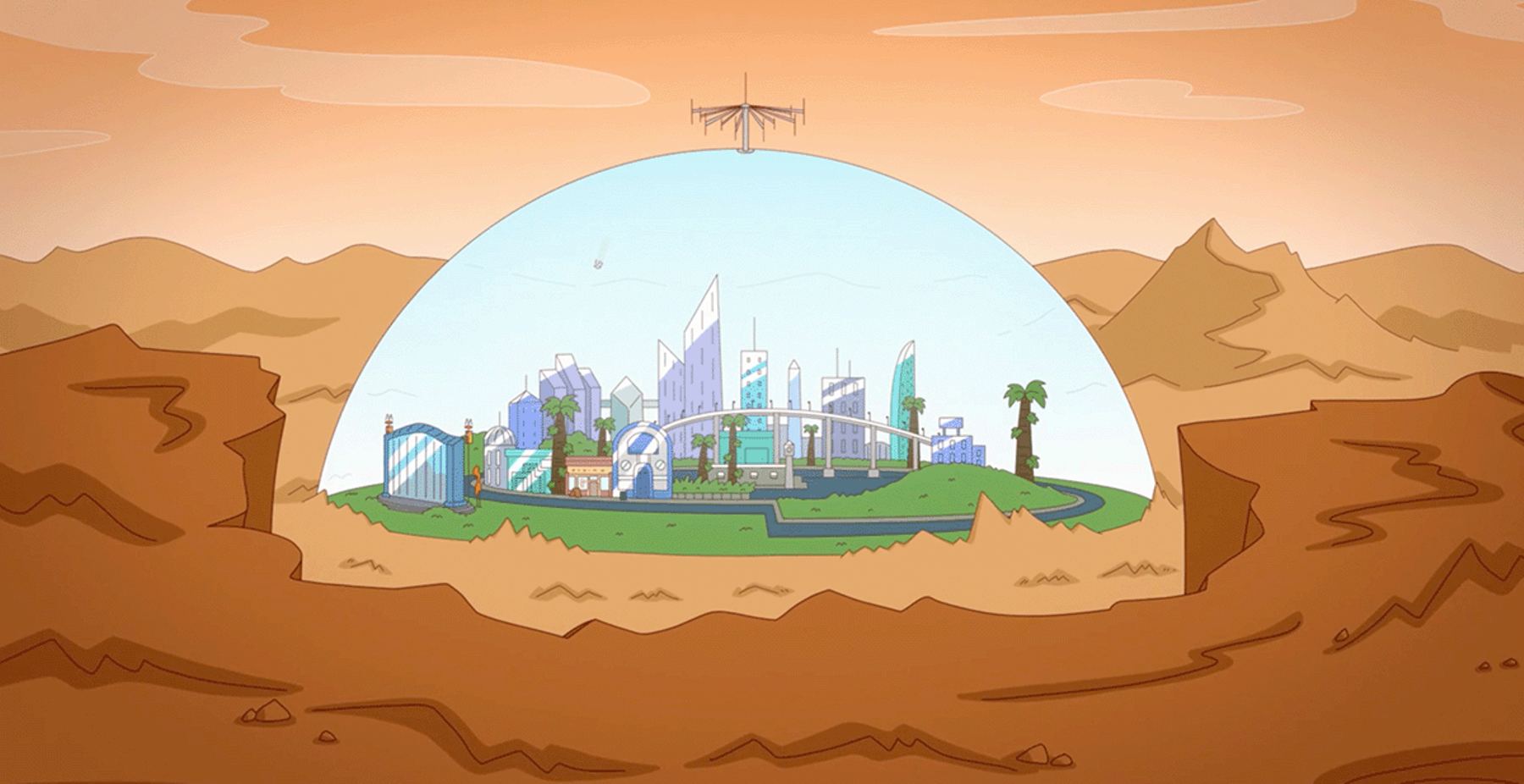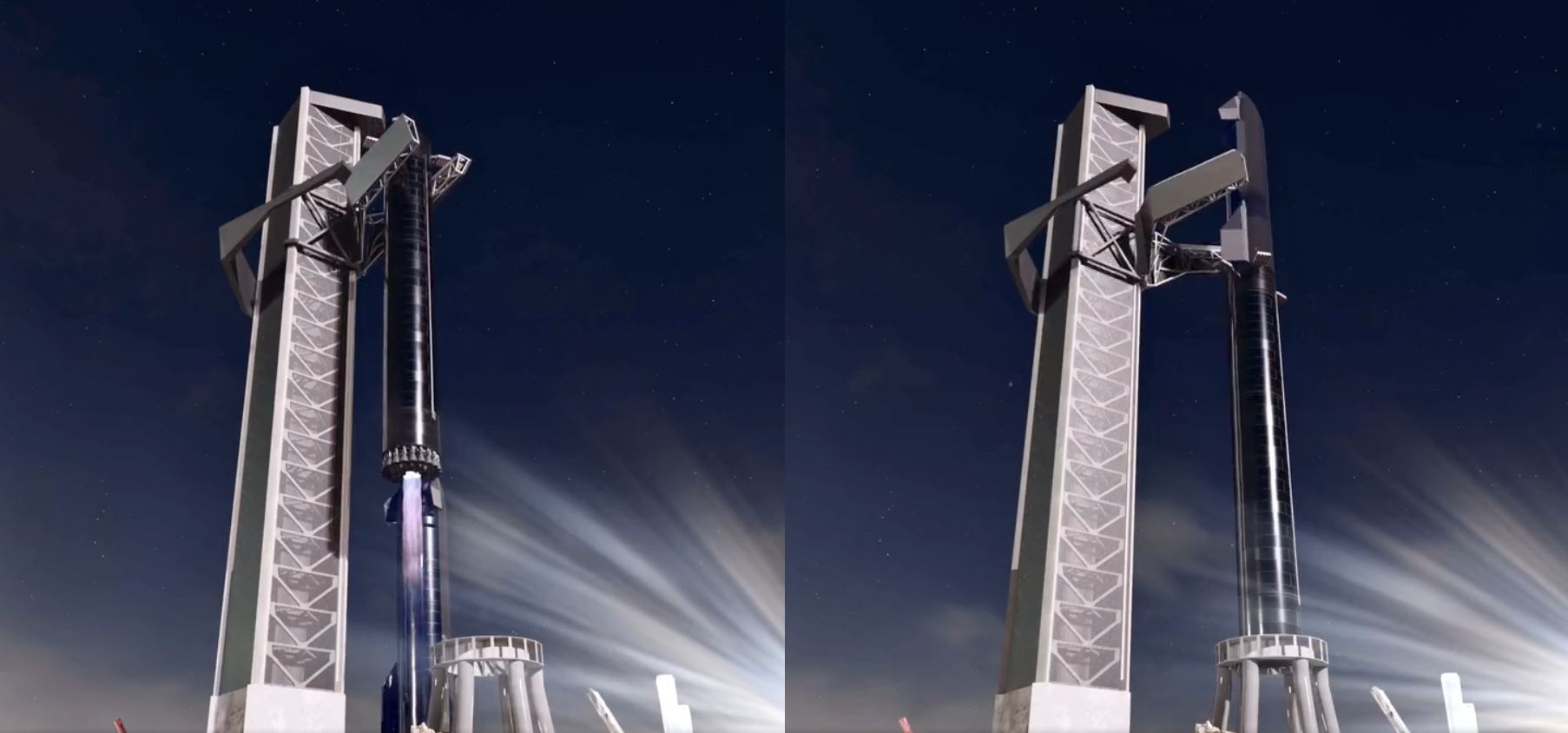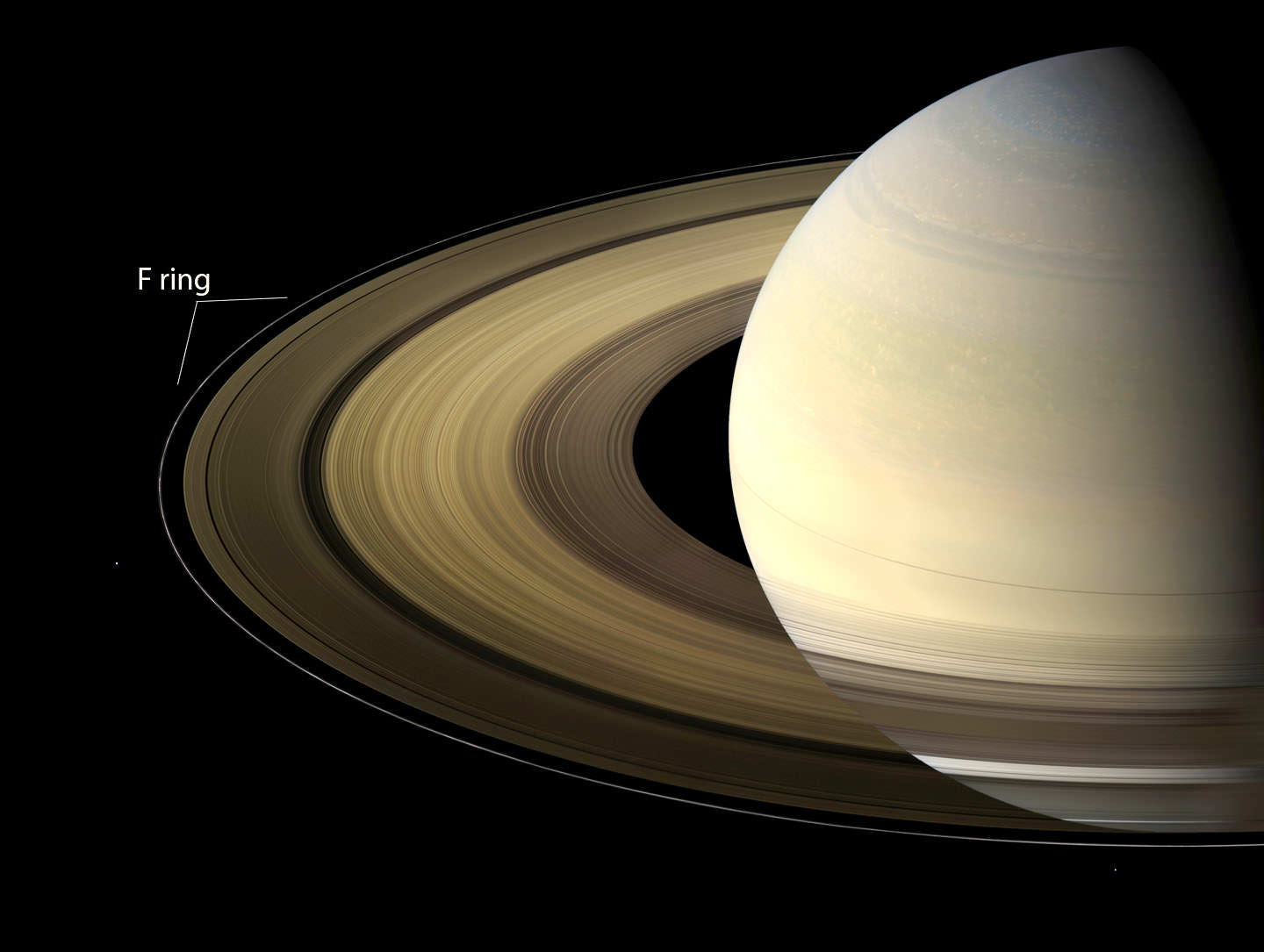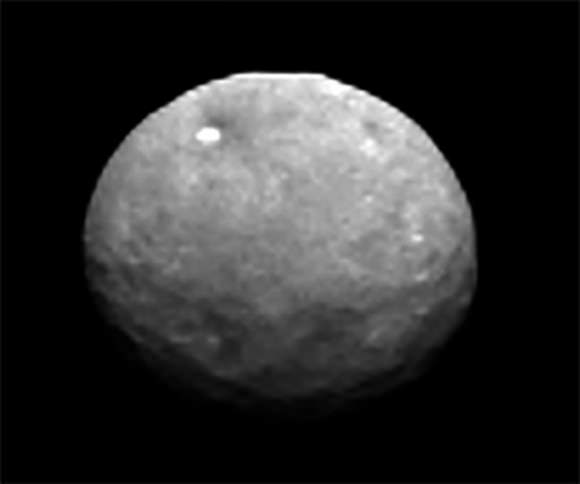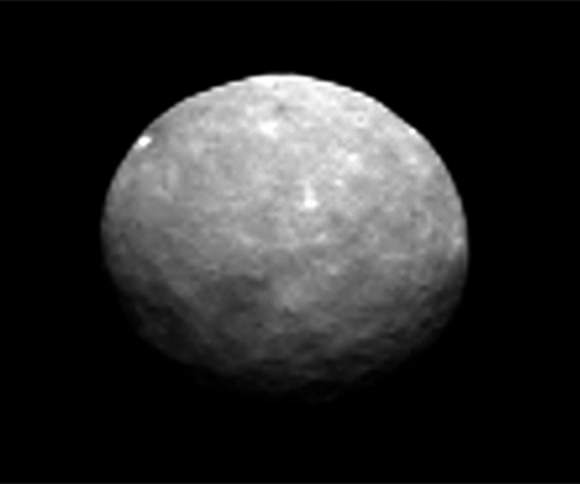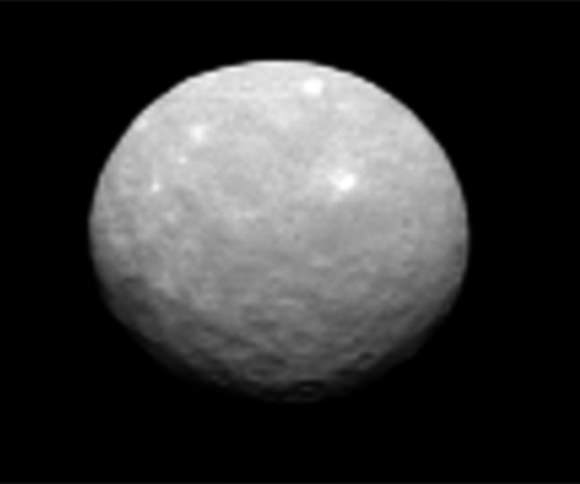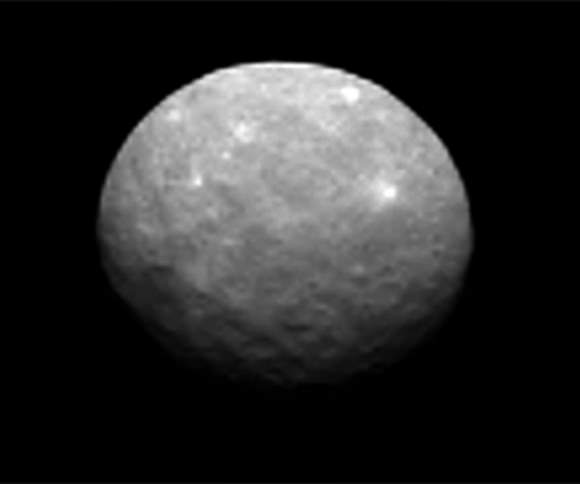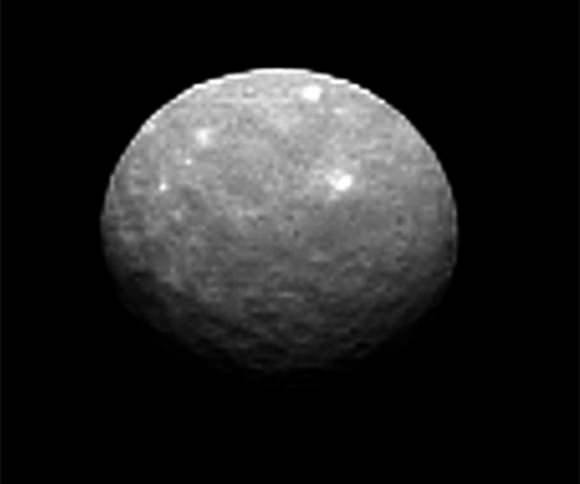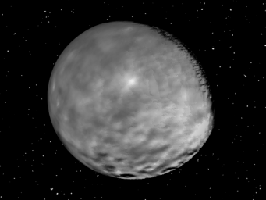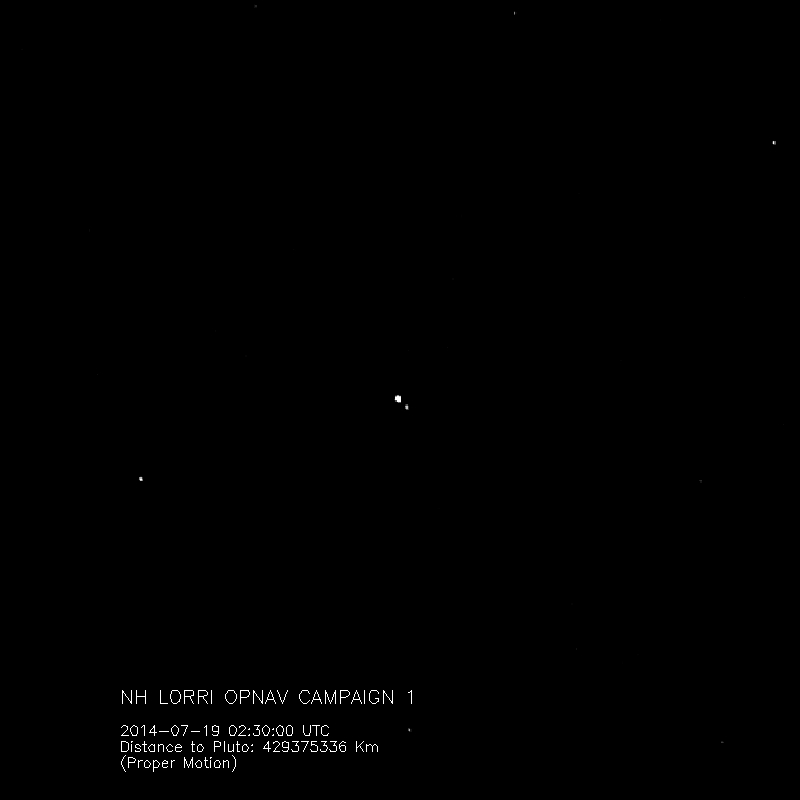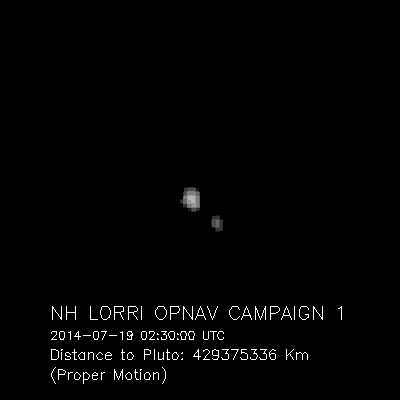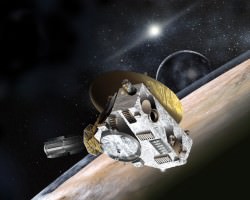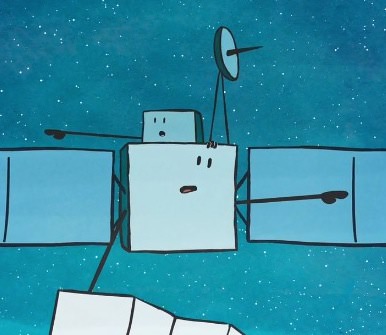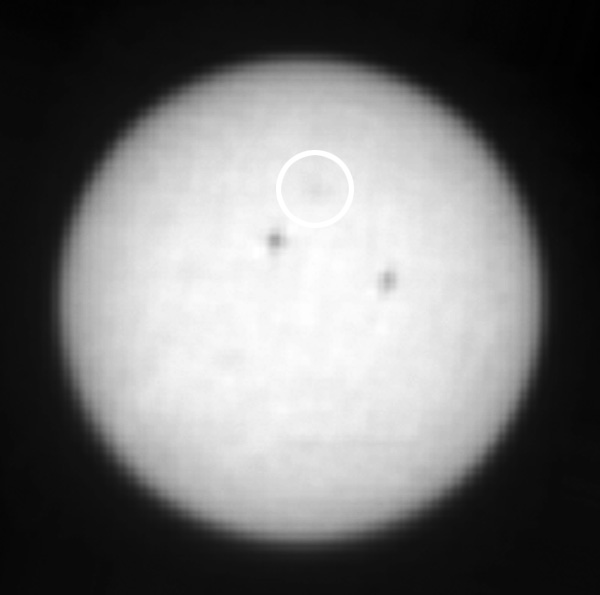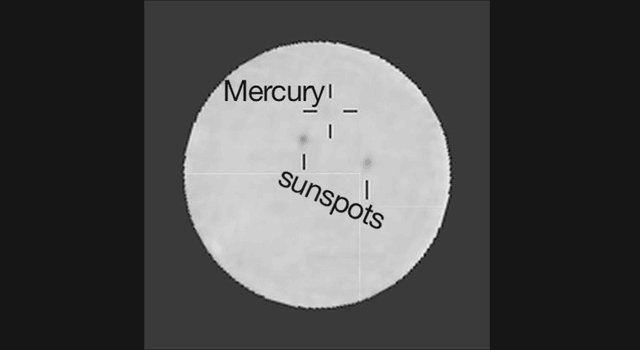The world’s richest human wants to build a city on Mars: Fifty years ago, Elon Musk’s vision of our future on the Red Planet might have sounded like science fiction — but today, Musk is actually serious about the idea of using billions of dollars from ventures like SpaceX’s Starlink broadband network to finance the move to Mars.
“In looking in the long term, and saying what’s needed to create a city on Mars, well, one thing’s for sure: a lot of money,” Musk said back in 2015. “So we need things that will generate a lot of money.”
What kind of city would Musk want to see on Mars? His vision calls for a place that offers “everything from iron foundries to pizza joints to nightclubs” while getting rid of “special interests and coercion of politicians.” But what if cities on Mars turn out to be like cities on Earth, complete with wealth disparity, racism — and ambitious billionaires?
That’s the premise for “Maurice on Mars,” a darkly funny series of animated shorts created and written by comedian and TV writer Tim Barnes for Comedy Central’s Animated YouTube channel.
Continue reading “Will Earth’s Follies Take Root on Mars? Black Comedy Explores the Frontier”
